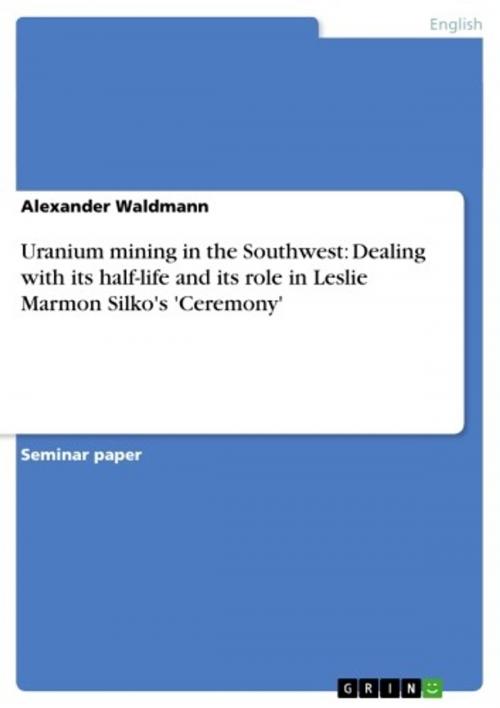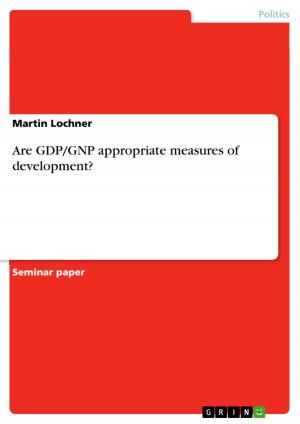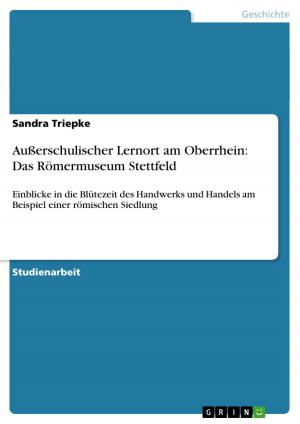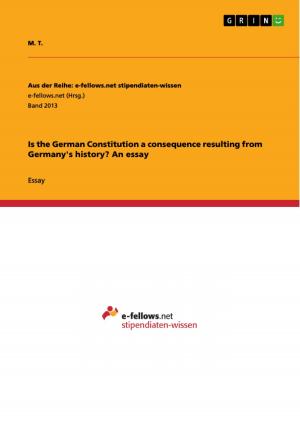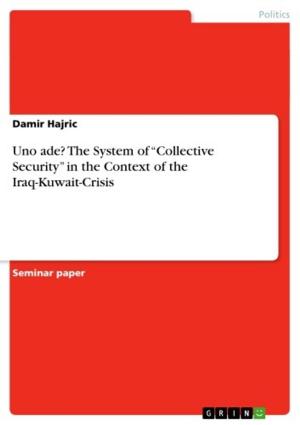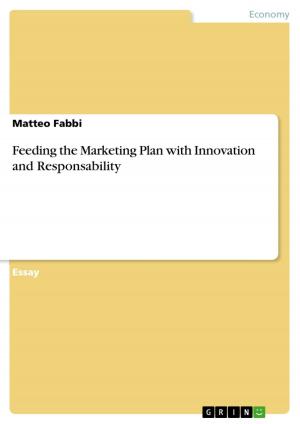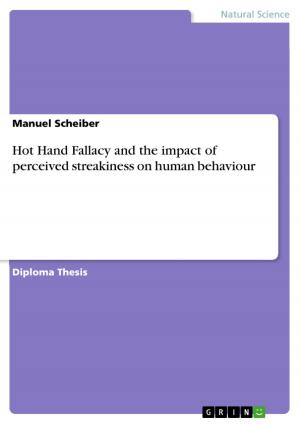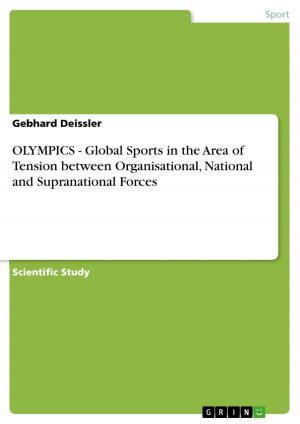Uranium mining in the Southwest: Dealing with its half-life and its role in Leslie Marmon Silko's 'Ceremony'
Nonfiction, Entertainment, Drama, Anthologies| Author: | Alexander Waldmann | ISBN: | 9783638296519 |
| Publisher: | GRIN Publishing | Publication: | July 29, 2004 |
| Imprint: | GRIN Publishing | Language: | English |
| Author: | Alexander Waldmann |
| ISBN: | 9783638296519 |
| Publisher: | GRIN Publishing |
| Publication: | July 29, 2004 |
| Imprint: | GRIN Publishing |
| Language: | English |
Seminar paper from the year 2004 in the subject American Studies - Literature, grade: 1,0 (A), University of Mannheim (Anglistics), course: Proseminar II, language: English, abstract: 'It is difficult to avoid the conclusion that much of the human cost of North American uranium production has been born, unwittingly and mostly unwillingly, by indigenous peoples' (Four Directions Council, 1987, 2). This statement given in a report by the UN Commission on Human Rights reveals the problems and the negative side effects during the uranium milling process and the aftermaths on the indigenous tribes in the American Southwest. But what is the reason for this situation and what makes uranium mining so dangerous and causes one of the most dangerous decay products known to humans? This paper tries to answer these questions and the effects on the Laguna Pueblo people, dealing in particular with environmental and health risks. I will also attempt to compare the alleged benefits for the Laguna Indians and the long term effects of uranium and its half-life. Furthermore, I will point out the important role of uranium in Leslie Marmon Silko's Ceremony and its power in the ceremonial process and Tayo's healing. This healing process and the final understanding of the ceremony pattern are also connected to the Pueblo's attempt to deal with the remains of the uranium mining age. Trying to clarify this entanglement will conclude this paper.
Seminar paper from the year 2004 in the subject American Studies - Literature, grade: 1,0 (A), University of Mannheim (Anglistics), course: Proseminar II, language: English, abstract: 'It is difficult to avoid the conclusion that much of the human cost of North American uranium production has been born, unwittingly and mostly unwillingly, by indigenous peoples' (Four Directions Council, 1987, 2). This statement given in a report by the UN Commission on Human Rights reveals the problems and the negative side effects during the uranium milling process and the aftermaths on the indigenous tribes in the American Southwest. But what is the reason for this situation and what makes uranium mining so dangerous and causes one of the most dangerous decay products known to humans? This paper tries to answer these questions and the effects on the Laguna Pueblo people, dealing in particular with environmental and health risks. I will also attempt to compare the alleged benefits for the Laguna Indians and the long term effects of uranium and its half-life. Furthermore, I will point out the important role of uranium in Leslie Marmon Silko's Ceremony and its power in the ceremonial process and Tayo's healing. This healing process and the final understanding of the ceremony pattern are also connected to the Pueblo's attempt to deal with the remains of the uranium mining age. Trying to clarify this entanglement will conclude this paper.
